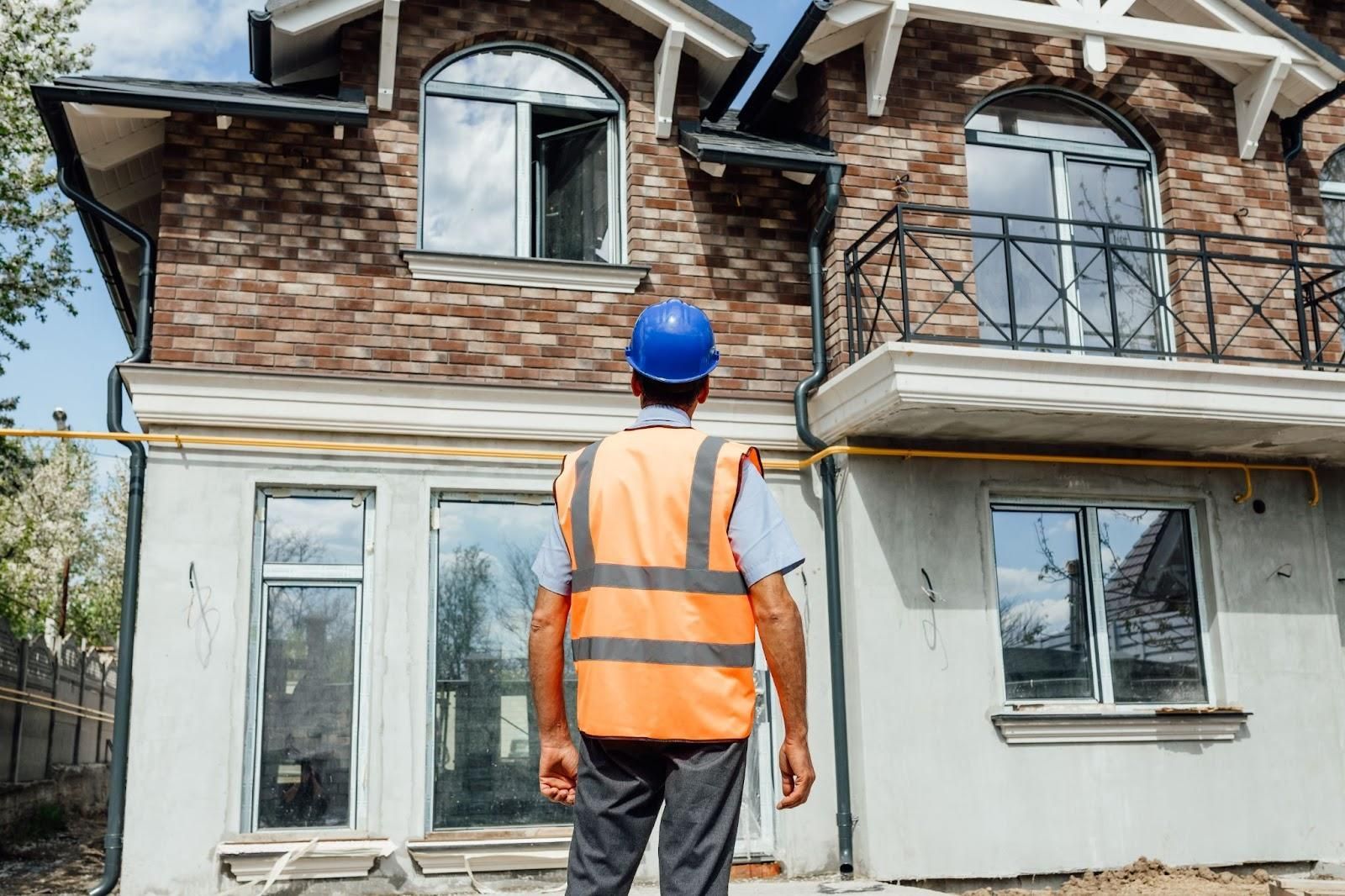Maintenance Home Inspections to Ensure a Safe Home
- Maintenance home inspections assess structural and mechanical systems for problems.
- Recommended frequency: Annually.
- Covers: Foundation, roof, plumbing, electrical, HVAC, and safety devices.
- Benefits: Improved safety, energy efficiency, extended component lifespan, home value preservation, tailored maintenance plans, effective budgeting.
- Typical cost: $350; costs vary based on home size and complexity.
- Inspection types and costs:
- General: $350 (Annually)
- Structural: $400 (Every 3-5 years)
- Electrical: $200 (Annually/as needed)
- HVAC: $150 (Biannually)
- Choose a certified inspector based on credentials, reviews, costs, references, and experience for peace of mind.
Maintenance home inspections are your key to uncovering hidden issues and ensuring your living space stays secure. While many homeowners neglect this crucial step, the reality is that these inspections can prevent costly repairs and safeguard your investment.
By examining structural elements, exterior features, and interior systems, a professional inspection service offers peace of mind and optimal home condition. Dive into this article to discover how regular maintenance inspections can transform your approach to home safety and preservation.
Understanding Maintenance Home Inspections
Maintenance home inspections are thorough evaluations to find existing or potential problems in a property. They examine both structural elements and mechanical systems. Trained inspectors use their expertise to spot even subtle signs of damage or wear. This process gives homeowners a clear understanding of their property's condition. Annual inspections are advisable to avoid costly repairs and keep the home in good condition. This ensures long-term safety and efficiency.
The importance of these inspections can't be overstated for those wanting to keep their property's value and functionality. Catching minor issues early prevents major costs later. Professional inspectors offer an unbiased view, helping homeowners decide on necessary repairs or improvements. Sticking to a regular inspection schedule helps manage maintenance, extending the lifespan of various home components.
Typically, these inspections cover:
- Foundation
- Roof
- Plumbing systems
- Electrical systems
- HVAC systems
Benefits of Regular Maintenance Inspections

Regular home maintenance inspections are crucial for homeowners because they catch problems early, saving significant costs. How do they save on repair costs? By spotting small issues before they become big problems, you can fix them early and avoid expensive repairs.
Here are six benefits of regular maintenance inspections:
- Improved Safety: Spotting potential dangers like electrical faults or weak structures ensures a safer home.
- Energy Efficiency: Checking energy systems can find inefficiencies for cost-saving adjustments.
- Extended Component Lifespan: Regular checks help prolong systems like HVAC, plumbing, and electrical setups.
- Home Value Preservation: Upkeep preserves market value, important for resale.
- Tailored Maintenance Plans: Get customized suggestions to prioritize repairs.
- Effective Budgeting: Inspections help create a maintenance budget, reducing financial surprises.
Checklist for Annual Home Maintenance Inspections
An annual home inspection checklist is essential for maintaining your property's safety and functionality. It examines various home components systematically, acting as a preventative maintenance tool. This helps identify issues before they worsen. Inspectors use this checklist to look at structural elements, exterior and interior systems, mechanical components, and safety hazards. They provide homeowners with detailed reports and maintenance suggestions.
Here's a comprehensive checklist for annual inspections:
- Foundation: Look for cracks or settling signs indicating structural issues.
- Roof: Check for damaged shingles, leaks, and blocked gutters.
- Plumbing Systems: Examine for leaks, corrosion, and water damage.
- Electrical Systems: Evaluate wiring, outlets, and panels for hazards.
- HVAC Systems: Ensure operation, check filters, and inspect for leaks.
- Smoke Alarms and Carbon Monoxide Detectors: Test and replace batteries if needed.
- Water Damage: Look for signs of moisture or mold in basements and attics.
- Insulation and Ventilation: Assess insulation and ventilation to enhance efficiency.
- Windows and Doors: Check for drafts and ensure smooth operation.
- Exterior Features: Look at siding, paint, and materials for damage.
Choosing a Reliable Home Inspector

Choosing a reliable home inspector is key for thorough maintenance inspections. Why hire a certified professional? Certification means they have the needed training and expertise to find both obvious and hidden problems, ensuring no critical detail is missed.
When selecting a home inspector, consider these tips:
- Check Credentials: Ensure they have certifications and licenses indicating qualification.
- Read Reviews: Look for online reviews to assess reputation and reliability.
- Compare Costs: Get quotes from multiple inspectors to understand pricing and ensure fair value.
- Ask for References: Speak with past clients for insights into their experiences.
- Inquire About Experience: More experience often means more comprehensive evaluations.
Check out My Accurate Home and Services as we meet these criteria and are ready to serve your home inspection needs.
Final Words
Navigating the intricacies of maintenance home inspections is essential for sustaining property health. From understanding the home inspection process to the benefits of regular evaluations and following an annual checklist, each aspect holds value.
Professional inspection services provide the necessary expertise to identify potential issues early, saving costs and preserving home value. Choosing a reliable home inspector enhances the effectiveness of this process, ensuring thorough assessments.
Embrace these insights to maintain a safe, efficient, and valuable home environment.
FAQ
What is a maintenance inspection?
A maintenance inspection is a thorough evaluation of a property's condition, identifying current and potential issues. It focuses on structural elements, exterior and interior systems, aiding in preventive care and long-term upkeep.
What is considered home maintenance?
Home maintenance includes routine tasks to preserve a property's condition. This involves cleaning, repairs, and regular inspections of systems like plumbing, electrical, roofing, and HVAC units to prevent costly damage.
What are routine maintenance and inspection testing?
Routine maintenance and inspection testing involve periodic checks of a home's systems and structures. Key tasks include examining the foundation, roof, plumbing, electrical components, HVAC systems, and safety devices like smoke alarms.
What are the benefits of regular maintenance inspections?
Regular maintenance inspections detect early problems, reducing repair costs and extending a home's lifespan. They also improve safety, enhance energy efficiency, preserve property value, and facilitate better budgeting for future repairs.











